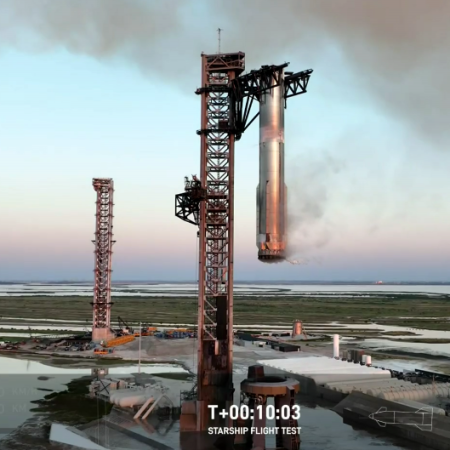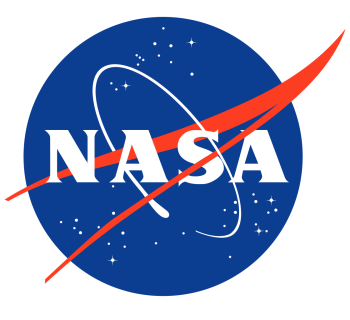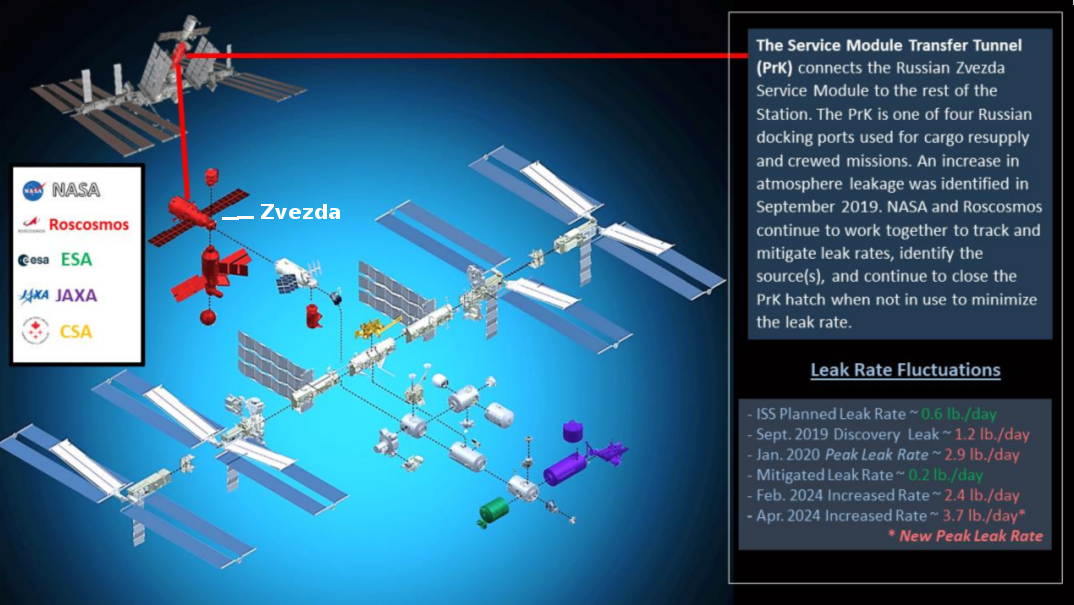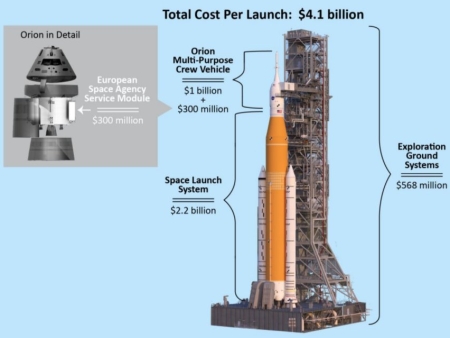Part 1: The sleeping giant of the American public has finally awakened

Have Americans finally awakened?
In my long life there have been a number of times post-election when pundits nationwide have claimed that the results signaled a major cultural transition. This claim was made in 1980 when Ronald Reagan was elected president. It was made again in 1994 when voters gave the Republicans their first majority in the House of Representatives in about four decades. A similar claim was made in 2016, when Trump was elected for the first time.
In every single one of these cases the claim was false. There was no major cultural transition. Republicans might have won control, but the American public and its political class still largely leaned leftward. There was almost no change politically. Despite for example Bill Clinton’s announcement that “The era of big government is over” after the 1994 election, the federal government continued to grow in size and power, and to do so with ever increasing speed.
Even more significant, in every single case, the American people went back to sleep after the election. They considered the election their statement of what must be done, and assumed naively that the new elected officials would obey that statement. No matter how much conservatives attempted to make the public aware that the government remained out of control and was further beginning to institute leftist policies far outside what anyone in America wanted, those attempts fell on deaf ears.
The American people were essentially not interested. The only political movement that moved with any passion was that of the left, and it took advantage of this passion to successfully to get its policies imposed.
It seems however that the 2024 election signals a real cultural transition, far deeper and more significant than the mere shift of voting patterns to the right that most pundits are noting by all demographic groups.
No, what is happening is a shift in passion. The American public has awakened in a way I have never seen. I give you this news report as a clear sign, as the events it describes occurred last week, after the November election, when Americans in the past would gone back into slumber and stop paying attention. Watch and be amazed, not just by the outrage by hundreds of ordinary citizens, but by the fact that this outrage was reported correctly and sympathetically by a television news report.
» Read more








